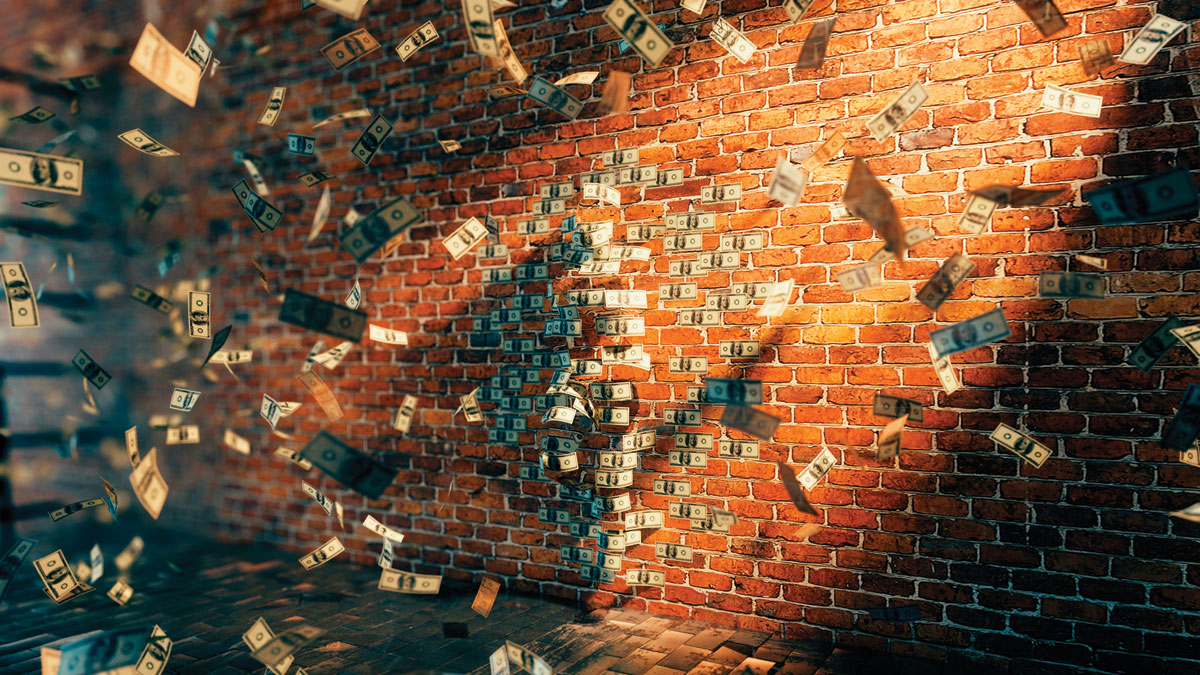
One week after Donald Trump’s surprise victory in the US presidential election, investors are trying to figure out what policies Trump may put into place once he becomes president, while also looking for signs that years of rock-bottom interest rates and fiscal austerity are coming to an end. “Everything is up for reassessment,” says Sumanta Dey on Reuters.com.
Many fear that Trump’s arrival in the White House may well mark the end for the three-decade 30-year bull run in bonds. His promises of tax cuts and increased government spending have raised fears of rising inflation in the years ahead, leading to a bond sell-off that wiped off more than $1trn in value. “Global bond markets are completely driven at the moment by the shift in perspective from monetary to fiscal policy, as investors price in a new reality,” says Iain Stealey of JP Morgan Asset Management, quoted in the FT.
Longer-dated bonds – those maturing further in the future – have been hardest-hit, since these are most vulnerable to shifts in investors’ expectations for inflation over the long run. However, those maturing sooner may not be spared if investors start to expect that Trump’s policies will mean that the US Federal Reserve starts to raise interest rates more aggressively. “Investors haven’t got around to pricing in the Fed being more aggressive in their tightening cycle to combat inflation, so that could be the second phase” of a sell-off.
While bonds suffered, the dollar soared to a one-year high, as traders speculated that Trump will succeed in boosting US growth. Investors also jumped into equities, driving up industrial and financial stocks that are considered likely to benefit from his policies. Whether this rally will be sustainable is highly unclear, says John Kimelman, executive editor at Barron’s.
To be bullish, one must believe that he will remain more “presidential” in his personal manner and also show the world that “he plans to rein in some of his more draconian ideas”, such as a slew of protectionist measures and the deportation of millions of undocumented immigrants. “Investors are greatly troubled by the idea of tariffs since they could trigger a trade war,” he adds.
Quite, says the Financial Times. Note also that if Trump’s actions lead to stronger growth and tighter monetary policy, that’s very likely to lead to further dollar appreciation, damaging the earnings of export-oriented sectors. Industries such as steel and manufacturing will become less globally competitive, leading to pressure on Trump to live up to his protectionist rhetoric. In short, there are plenty of ways this could go wrong.
Will the new president boost commodities?
In his victory speech, US president-elect Donald Trump promised to spend “$1trn over a ten-year period” on his grand infrastructure stimulus plan. Traders took this as good news for many construction-related commodities: the price of iron ore shot up by 5% to around $74 a tonne, and copper rose by 8% to over $6,000 a tonne, before falling back.
Yet Trump’s plan would have only a small impact on demand compared with the estimated $200bn that China has spent on infrastructure in the first nine months of this year alone. Given that the US accounts for just 4% of the seaborne iron-ore market, according to Goldman Sachs’s estimates, it was quickly clear that iron-ore prices had gone up “too much too fast”, says Huileng Tan on CNBC, compared with China’s 70%. Indeed, says Capital Economics. “We… expect the recent gains in the prices of industrial metals to be short lived.”
It’s a mistake to assume the rally was simply a response to Trump’s victory, added Barclays analysts. It started before the election, and was a consequence of production disruptions, supply shortages and optimism about Chinese demand. These same factors are likely to mean it rapidly runs out of steam. “The recovery in China that ignited the metals rally looks dangerously leveraged to the property sector, which is already showing signs of cooling off.”
Meanwhile, Trump’s plans for the energy sector could serve to worsen the global oil glut, sending prices lower. He has pledged to boost US oil and gas production by cutting back on regulations. He has also promised to bring back coal, reversing efforts by the Obama administration to encourage investment in renewable energy sources. Despite this, Trump could be oil cartel Opec’s “new best friend”, acting as an “unwitting buddy” to rebalance the oil market, says Julian Lee on Bloomberg.
If he tears up America’s nuclear agreement with Iran and restores sanctions on the sale of Iranian oil, he would remove “almost a million barrels a day of supply at a stroke and cause a recovery in oil prices”. “As luck would have it,” says Lee, “that daily million barrels is about the same size as the cut Opec needs to make.”